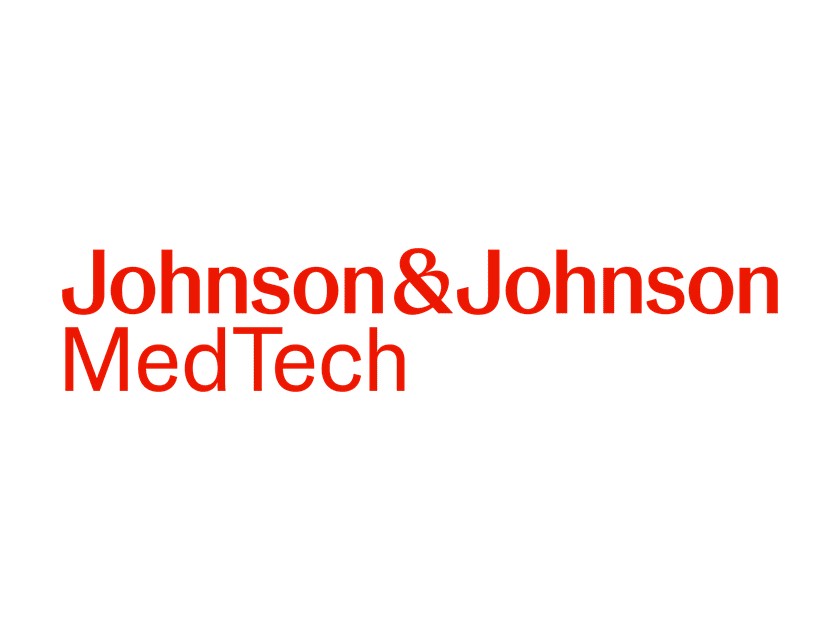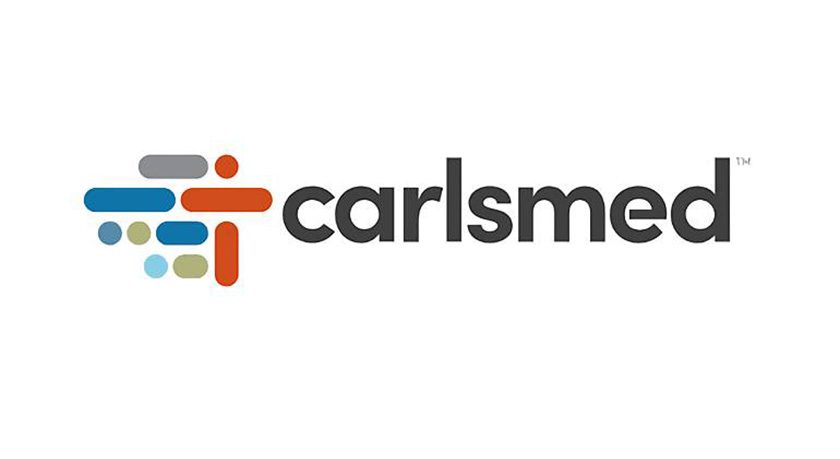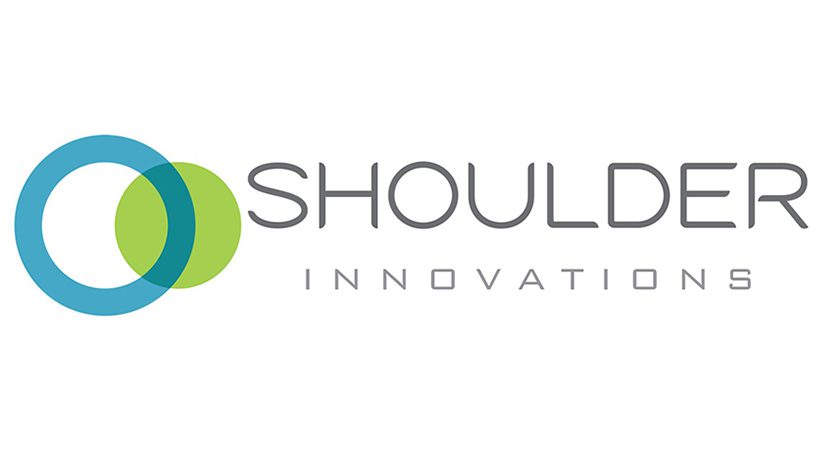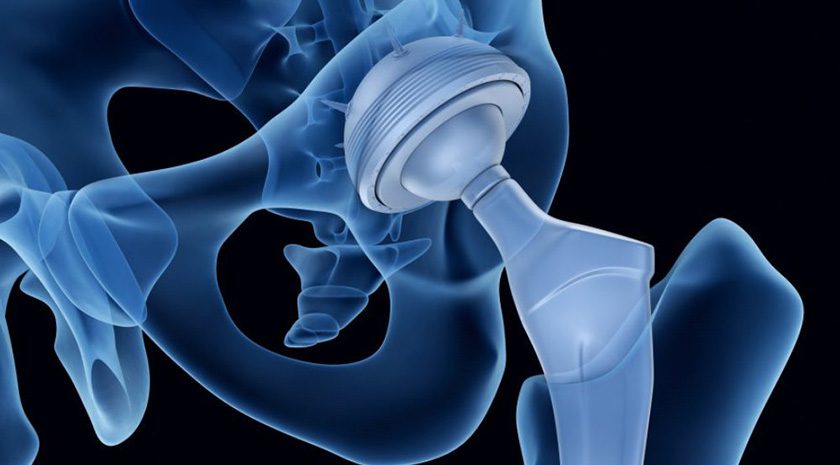

 Copy to clipboard
Copy to clipboard 
According to our estimates, orthopedic market sales grew 5% in 2024 to a worldwide total of nearly $62 billion.
Years of consolidation and changing market dynamics created a formidable group of eight companies with annual revenues over $1 billion. Those companies account for 68% of all orthopedic sales.
Earnings season for the fourth quarter of 2024 is still a few weeks away, so let’s look ahead to 2025 and our expectations for orthopedics’ top players.
Favorable Growth Conditions for Those Who Can Execute
We foresee a mostly stable orthopedic market in 2025 with robust demand driven by favorable patient demographics, low uninsured patient rates and improving surgical technology potentially leading to better outcomes.
The top players in orthopedics are best-positioned to leverage the environment given their scale and reach into highly profitable segments. Companies with clean operations, like Stryker and Globus Medical, are set up for a strong 2025.
This year will be an important test for Smith+Nephew’s reconstructive franchises, which have largely sat out the market’s upside over the last few years. Zimmer Biomet likewise faces an important 2025 with a chance to differentiate itself through its expanding technology ecosystem.
Continued Consolidation of Share and Expertise
Orthopedic M&A slowed significantly in the post-COVID era. We could find only seven publicly-disclosed deals in 2024. There are signs that activity could start picking up, however.
“We do have a very active deal pipeline. You will continue to see us be active. It’s always hard to predict exactly which deals will land, but we have a very strong balance sheet now and we’re going to put it to work,” said Stryker CEO Kevin Lobo.
With both Globus Medical and Envois now on the other side of large integrations, we could see those companies emerge as buyers once again. Both are among the most acquisitive in orthopedics. Enovis transformed and supercharged its business through a flurry of transactions in a few short years. I’d be surprised if we don’t see them back in M&A news soon.
As technology becomes a virtual necessity to compete at the top of the industry, the largest companies will also seek to hoard specialized talent and expertise that is still a very limited resource within orthopedics.
Priority on International Expansion
While the United States remains the largest geographic orthopedic market by revenue, the industry’s top players are expanding their global outlook.
Stryker sees international markets at an inflection point for robotics and the rapid growth of J&J MedTech’s VELYS system attests to that. Globus said its international opportunity is untapped, while Enovis’ largest acquisitions have been European companies.
China remains a strategic priority even for companies like J&J and Smith+Nephew, which have taken years of heavy losses there due to deep price cuts and elusive volume upside.
Volume-based procurement in China sought, among other things, to shift market share to domestic Chinese companies. While it has achieved that goal, globalized players can’t afford to not be in the country.
“We see VBP as a short-term tailwind,” said Tim Schmid, Executive Vice President of MedTech for Johnson & Johnson. “The anti-corruption campaign has had an impact on procedural volumes and engagement from healthcare professionals. Any effort on behalf of any government to build integrity and compliance in the health system is a good thing. We remain absolutely committed to China.”
Increased Competition in Fast-Growing Markets
Stryker built an unmatchable growth engine with its combination of Mako robotics and cementless knee replacements. While Medtronic and Globus fought it out over spinal robotics, they faced no credible threat from any other competitor.
Now, however, there is more parity across orthopedic segments and companies – at least in the $1 billion company tier. Everyone has enabling technology. Just about everyone has a robot, or will in the near future. Trailblazing companies have surgeons and administrators used to robots now, lowering the barrier to entry for follow-on players.
High-growth segments like shoulders, sports medicine and foot/ankle are now largely the domain of the top orthopedic companies. That competitive pressure could spur additional M&A opportunities as the top players seek to consolidate and mid-tier players look to maneuver into underserved adjacencies.
We’re bullish on the orthopedic market’s prospects in 2025 and beyond. Convergent tailwinds are creating the best market we’ve seen in years, and there’s reason to believe some portion of the upside is durable.
The 2025 performance of the eight orthopedic companies over $1 billion in revenue will be a telling indicator of what we can expect going forward.
According to our estimates, orthopedic market sales grew 5% in 2024 to a worldwide total of nearly $62 billion.
Years of consolidation and changing market dynamics created a formidable group of eight companies with annual revenues over $1 billion. Those companies account for 68% of all orthopedic sales.
...
According to our estimates, orthopedic market sales grew 5% in 2024 to a worldwide total of nearly $62 billion.
Years of consolidation and changing market dynamics created a formidable group of eight companies with annual revenues over $1 billion. Those companies account for 68% of all orthopedic sales.
Earnings season for the fourth quarter of 2024 is still a few weeks away, so let’s look ahead to 2025 and our expectations for orthopedics’ top players.
Favorable Growth Conditions for Those Who Can Execute
We foresee a mostly stable orthopedic market in 2025 with robust demand driven by favorable patient demographics, low uninsured patient rates and improving surgical technology potentially leading to better outcomes.
The top players in orthopedics are best-positioned to leverage the environment given their scale and reach into highly profitable segments. Companies with clean operations, like Stryker and Globus Medical, are set up for a strong 2025.
This year will be an important test for Smith+Nephew’s reconstructive franchises, which have largely sat out the market’s upside over the last few years. Zimmer Biomet likewise faces an important 2025 with a chance to differentiate itself through its expanding technology ecosystem.
Continued Consolidation of Share and Expertise
Orthopedic M&A slowed significantly in the post-COVID era. We could find only seven publicly-disclosed deals in 2024. There are signs that activity could start picking up, however.
“We do have a very active deal pipeline. You will continue to see us be active. It’s always hard to predict exactly which deals will land, but we have a very strong balance sheet now and we’re going to put it to work,” said Stryker CEO Kevin Lobo.
With both Globus Medical and Envois now on the other side of large integrations, we could see those companies emerge as buyers once again. Both are among the most acquisitive in orthopedics. Enovis transformed and supercharged its business through a flurry of transactions in a few short years. I’d be surprised if we don’t see them back in M&A news soon.
As technology becomes a virtual necessity to compete at the top of the industry, the largest companies will also seek to hoard specialized talent and expertise that is still a very limited resource within orthopedics.
Priority on International Expansion
While the United States remains the largest geographic orthopedic market by revenue, the industry’s top players are expanding their global outlook.
Stryker sees international markets at an inflection point for robotics and the rapid growth of J&J MedTech’s VELYS system attests to that. Globus said its international opportunity is untapped, while Enovis’ largest acquisitions have been European companies.
China remains a strategic priority even for companies like J&J and Smith+Nephew, which have taken years of heavy losses there due to deep price cuts and elusive volume upside.
Volume-based procurement in China sought, among other things, to shift market share to domestic Chinese companies. While it has achieved that goal, globalized players can’t afford to not be in the country.
“We see VBP as a short-term tailwind,” said Tim Schmid, Executive Vice President of MedTech for Johnson & Johnson. “The anti-corruption campaign has had an impact on procedural volumes and engagement from healthcare professionals. Any effort on behalf of any government to build integrity and compliance in the health system is a good thing. We remain absolutely committed to China.”
Increased Competition in Fast-Growing Markets
Stryker built an unmatchable growth engine with its combination of Mako robotics and cementless knee replacements. While Medtronic and Globus fought it out over spinal robotics, they faced no credible threat from any other competitor.
Now, however, there is more parity across orthopedic segments and companies – at least in the $1 billion company tier. Everyone has enabling technology. Just about everyone has a robot, or will in the near future. Trailblazing companies have surgeons and administrators used to robots now, lowering the barrier to entry for follow-on players.
High-growth segments like shoulders, sports medicine and foot/ankle are now largely the domain of the top orthopedic companies. That competitive pressure could spur additional M&A opportunities as the top players seek to consolidate and mid-tier players look to maneuver into underserved adjacencies.
We’re bullish on the orthopedic market’s prospects in 2025 and beyond. Convergent tailwinds are creating the best market we’ve seen in years, and there’s reason to believe some portion of the upside is durable.
The 2025 performance of the eight orthopedic companies over $1 billion in revenue will be a telling indicator of what we can expect going forward.

You are out of free articles for this month
Subscribe as a Guest for $0 and unlock a total of 5 articles per month.
You are out of five articles for this month
Subscribe as an Executive Member for access to unlimited articles, THE ORTHOPAEDIC INDUSTRY ANNUAL REPORT and more.
ME
Mike Evers is a Senior Market Analyst and writer with over 15 years of experience in the medical industry, spanning cardiac rhythm management, ER coding and billing, and orthopedics. He joined ORTHOWORLD in 2018, where he provides market analysis and editorial coverage.







